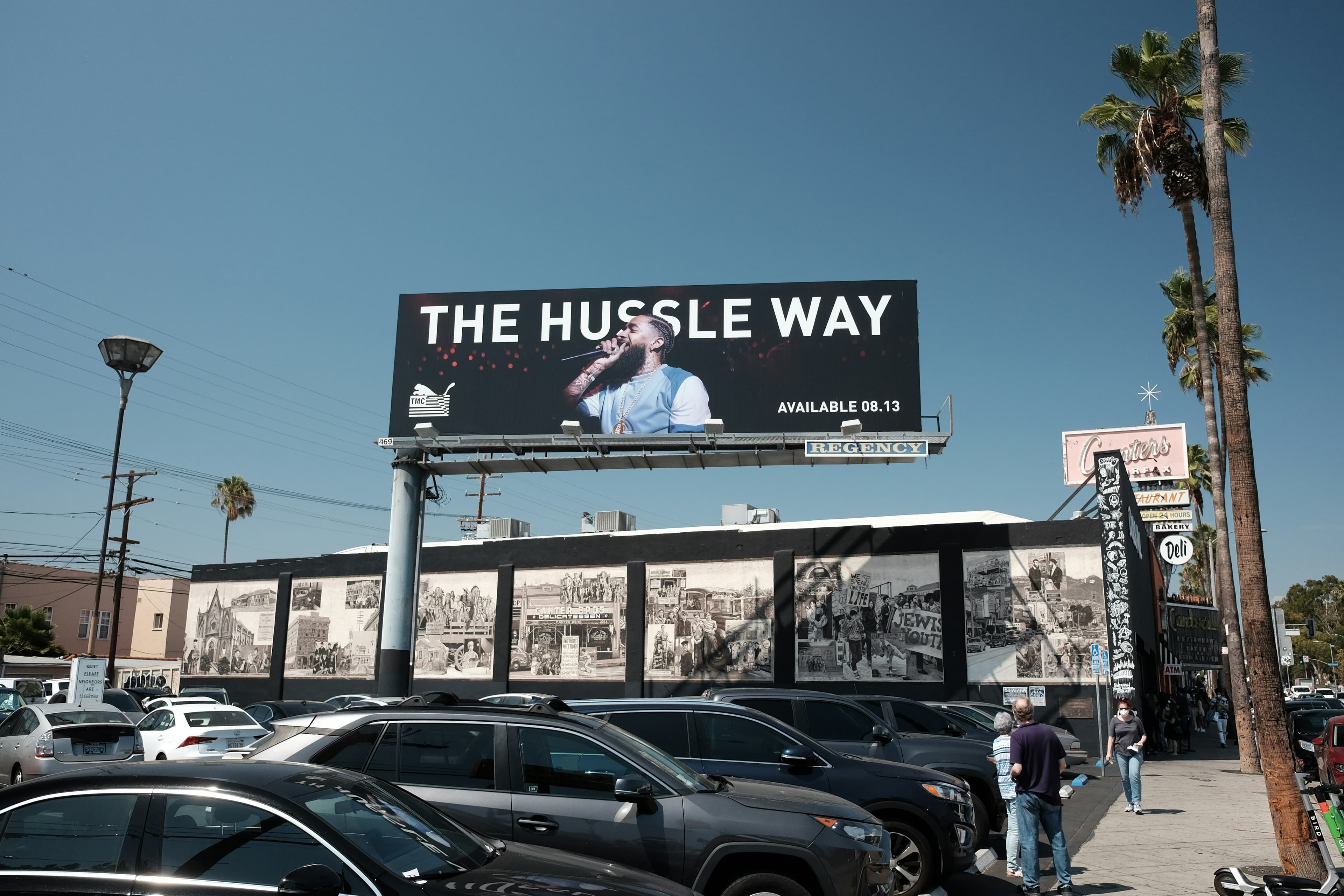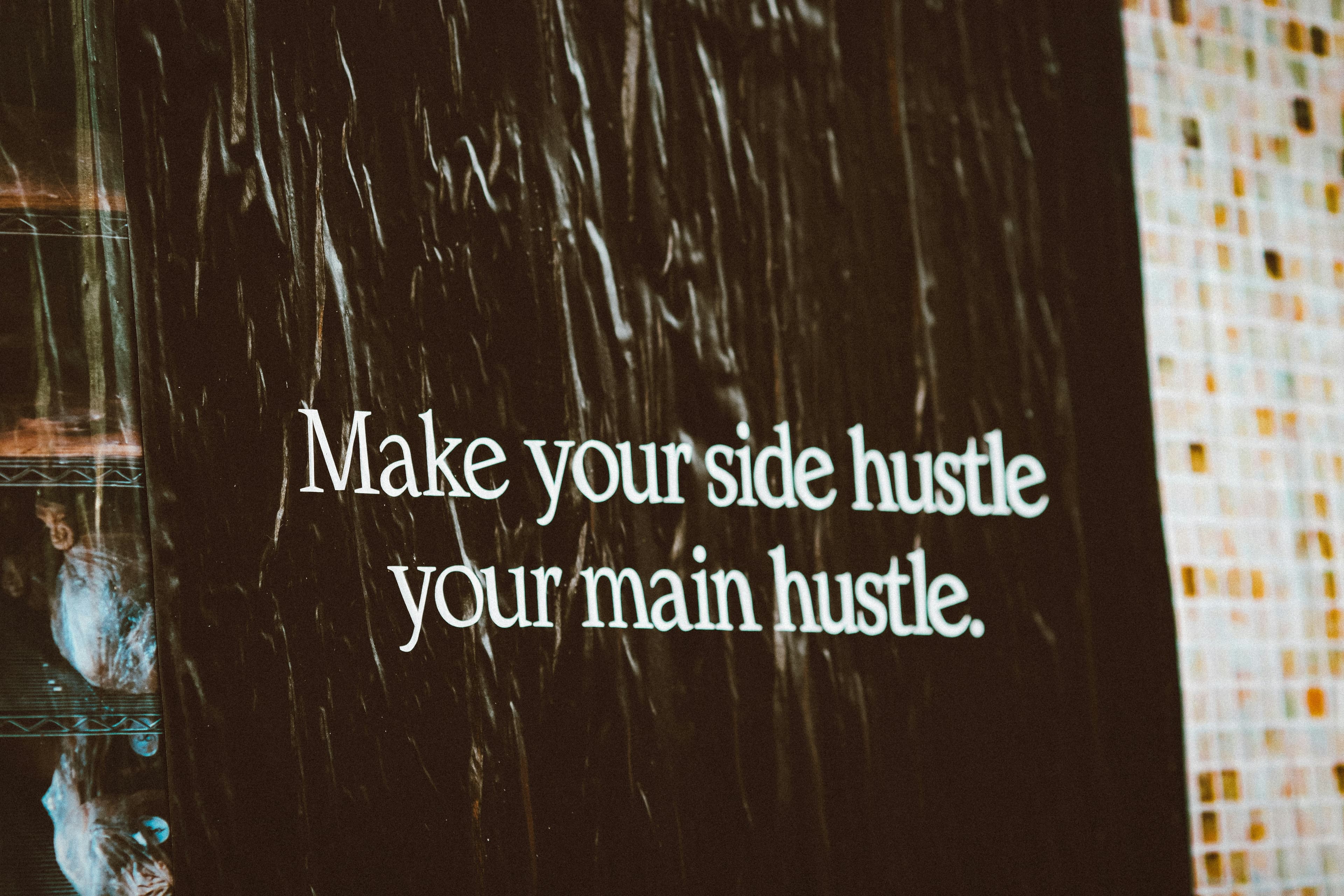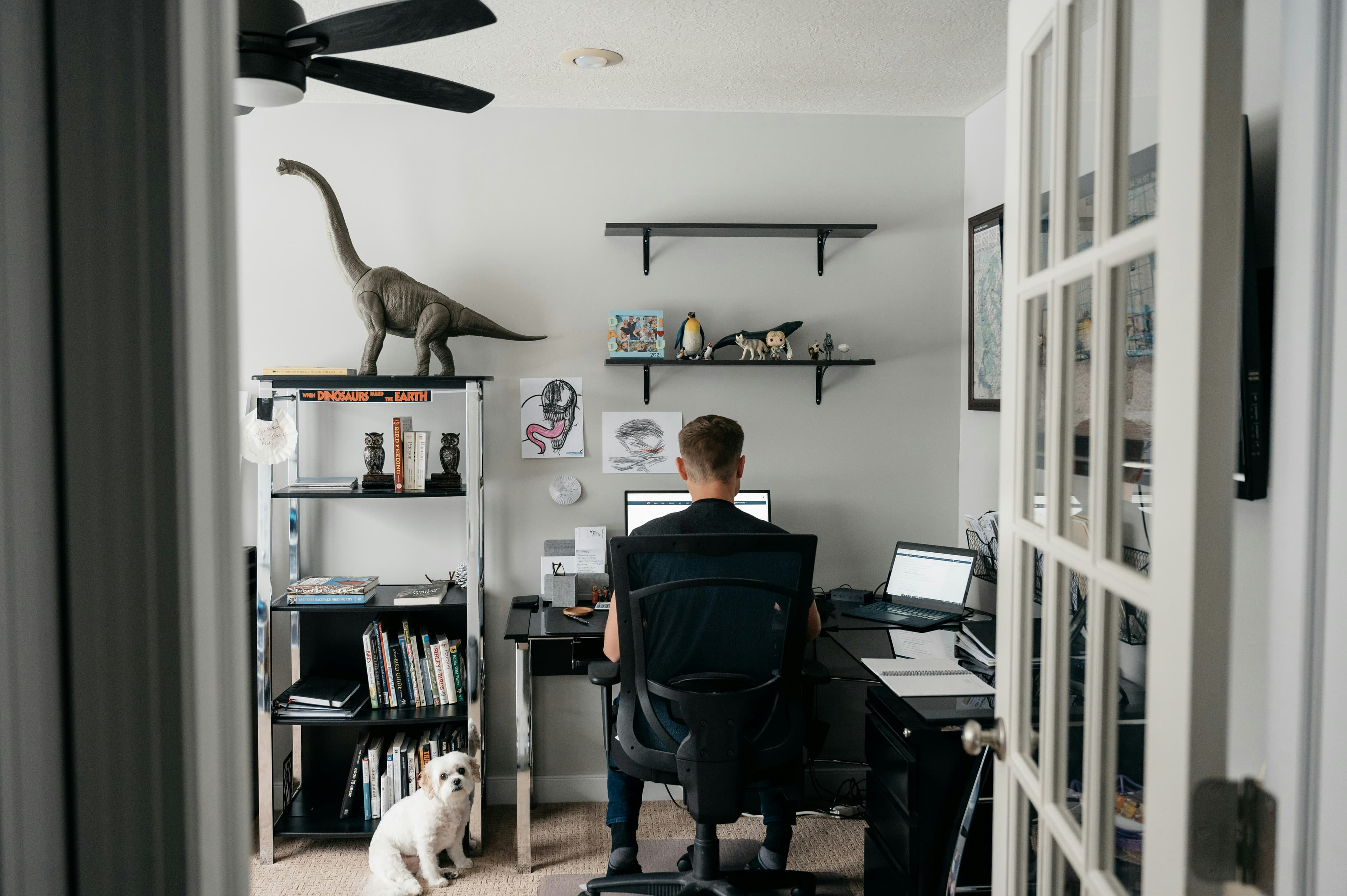How Testing Turned a Pinterest Habit Into a Side Hustle

When you first get an idea for a side hustle, it’s almost impossible to know which strategy will actually work. The only real way to figure it out is to try a few different approaches, keep track of what happens, and let the results guide you.
Take Gabby Orcutt from Rockton, Pennsylvania. She’s a commercial sales rep, a certified yoga teacher, a photographer, a lifestyle course facilitator, and a mom to young kids. With a schedule that packed, you wouldn’t think she’d be looking for more to do, but a few years ago she stumbled into a completely new by accident.
It all started on Pinterest. Like millions of others, Gabby initially used the image-sharing platform just for fun. The site, which at its peak had over 175 million users, has a huge female demographic. Many users spend hours pinning images with no goal of making money—they just enjoy it. But whenever a large group of people spends that much time on a shared activity, opportunities to earn extra income often appear.
Gabby’s entrepreneurial mind started turning, and she began to wonder if her pinning habit could become something more. Many of the best come from paying attention to how people spend their time online. She found a company that helps brands get more exposure by managing influencer campaigns. She signed up and started directing some of her pins toward their campaigns, but only when it felt like a natural fit for her audience.
To these brands, Gabby was an “influencer” simply because she had a large network of followers. That’s really the main qualification. Thanks to this loyal following, she could monetize her passion project by sending website traffic to companies through her pins. In her very first month, she earned over $1,000. It was hard to believe she was being paid to post her favorite photos online, but the money was real.
This was just on top of her other projects, but after that first check, she decided to get serious. She started pinning relentlessly in her limited free time—first thing in the morning and last thing at night. She maximized her efforts by working smart, not just hard. She noticed that organizing her content into very specific boards, like breaking down crafts into smaller sub-categories, helped tailor her pins to specific interests. She also started following other major influencers, piggybacking on their success by repinning their content and commenting on popular posts. This strategy made her network explode, growing from tens of thousands to over a million followers. Her Pinterest venture has now earned her over $40,000 in three and a half years, proving that you don’t need to be a celebrity to build .
The Data Doesn't Lie
If your first attempt at is a success, you might feel like a marketing genius. And maybe you are, but it’s more likely a combination of smart thinking and a little bit of luck. The truth is, you can’t always guess every single factor that leads to success. To know if you’re on the right track, you have to test your assumptions.
Testing might have a reputation for being dry, but it’s only boring if you think making more money is boring. There’s an old saying that the data doesn’t lie. When you look at real data, you’re not relying on a hunch; you’re relying on reality. This is key to turning small into a real .
How to Run a Simple A/B Test
One of the easiest ways to get started is with an A/B test. Think of it like a blind taste test for your business. You present customers with two versions of something to see which one performs better. For an online business, this could mean creating two different versions of a webpage and sending half your traffic to version A and the other half to version B.
For example, if you were in the early planning stages of creating a bird-watching class and weren't sure whether to charge $49 or $79, you could test it. Set up two registration pages with the different prices and see what happens. You might find that the conversion rate—the percentage of visitors who sign up—is nearly the same for both prices. If so, you’ve just learned you can charge the higher price without losing customers.
Focus on What Really Matters
A lot of people get bogged down testing tiny details because they hear stories about how massive companies like Amazon test everything from price displays to the color of their order buttons. But Amazon’s sales volume is so huge that a 0.1% improvement can mean hundreds of thousands of dollars. You’re not Amazon. You don't need to test everything; you just need to test the things that matter most for your .
Start with the big three:
- What you’re actually offering.
- How you present it (e.g., free shipping vs. 10% off).
- How much it costs.
It’s important to only test one thing at a time. If you change both the price and the offer simultaneously, you won’t know which change caused the different result. Once you get a winner—say, you learn that free shipping is more popular than a discount—you make that the new standard and then test something else.
Be Careful of Misleading Results
It’s also crucial to look at the complete picture. A friend once told me a story about testing a new call to action on an order page. The new version resulted in a massive 40% increase in clicks! But before celebrating, he watched the data for a few more days. He soon realized that while more people were clicking, far fewer were actually completing the purchase. The original page was still making more money.
The data doesn’t lie. He scrapped the new version and went back to the original. Gabby’s Pinterest hustle was perfect for this kind of rapid testing. She could post a pin and know within an hour if it was a hit. Over time, she got better at predicting what her audience wanted. By testing and adapting, she was able to build a thriving income stream. While pinning for dollars may not last forever, the lessons from her journey show how anyone can use smart testing to find success.








